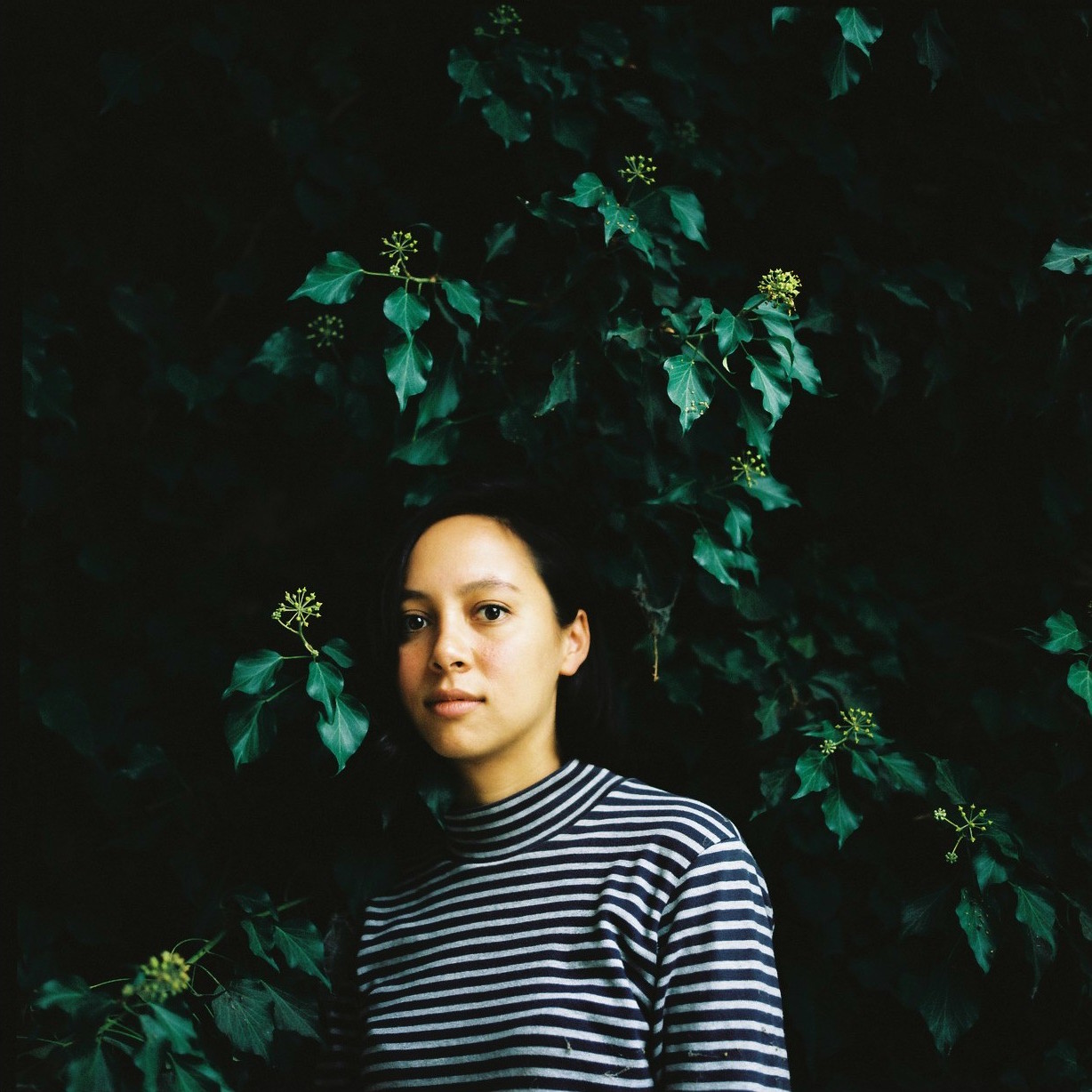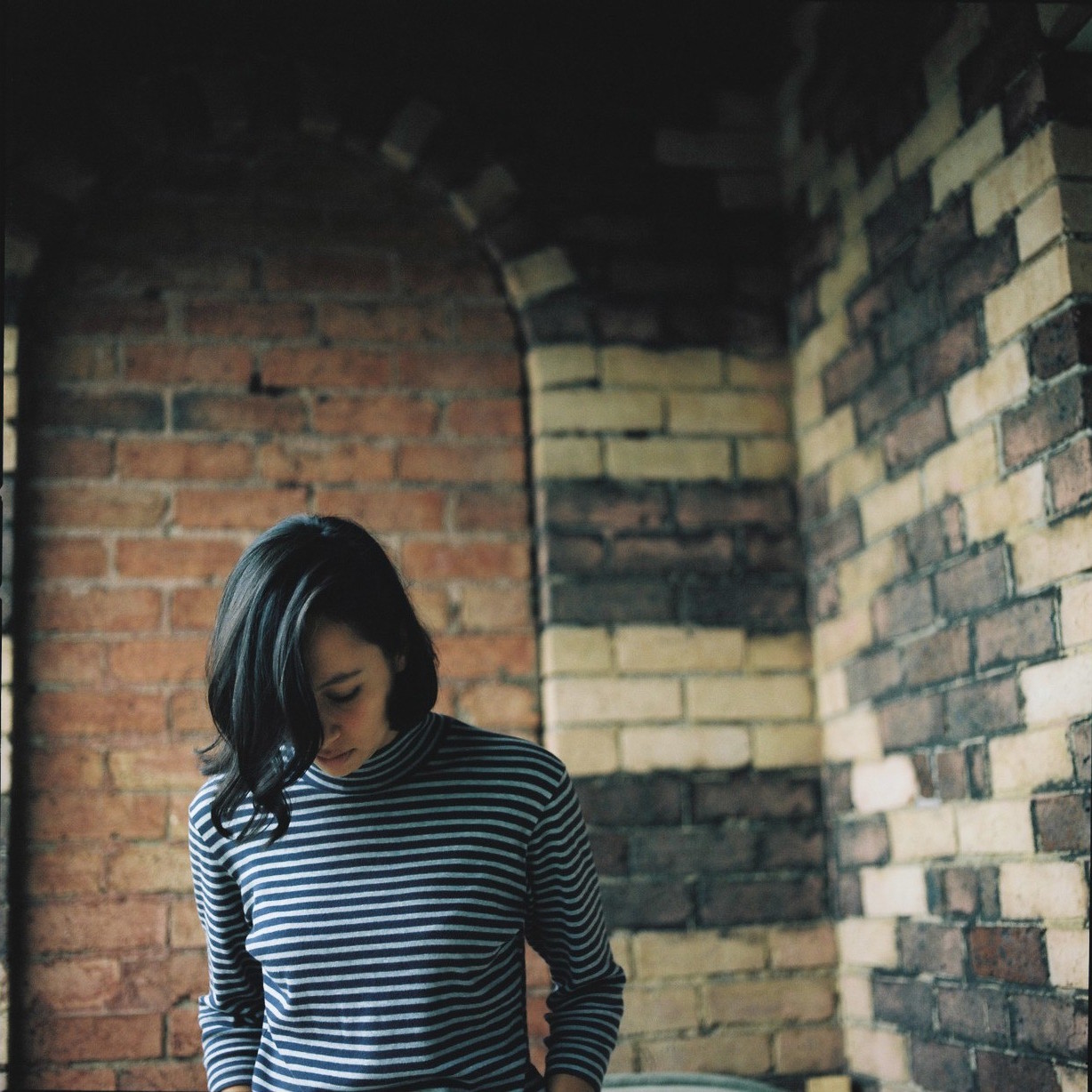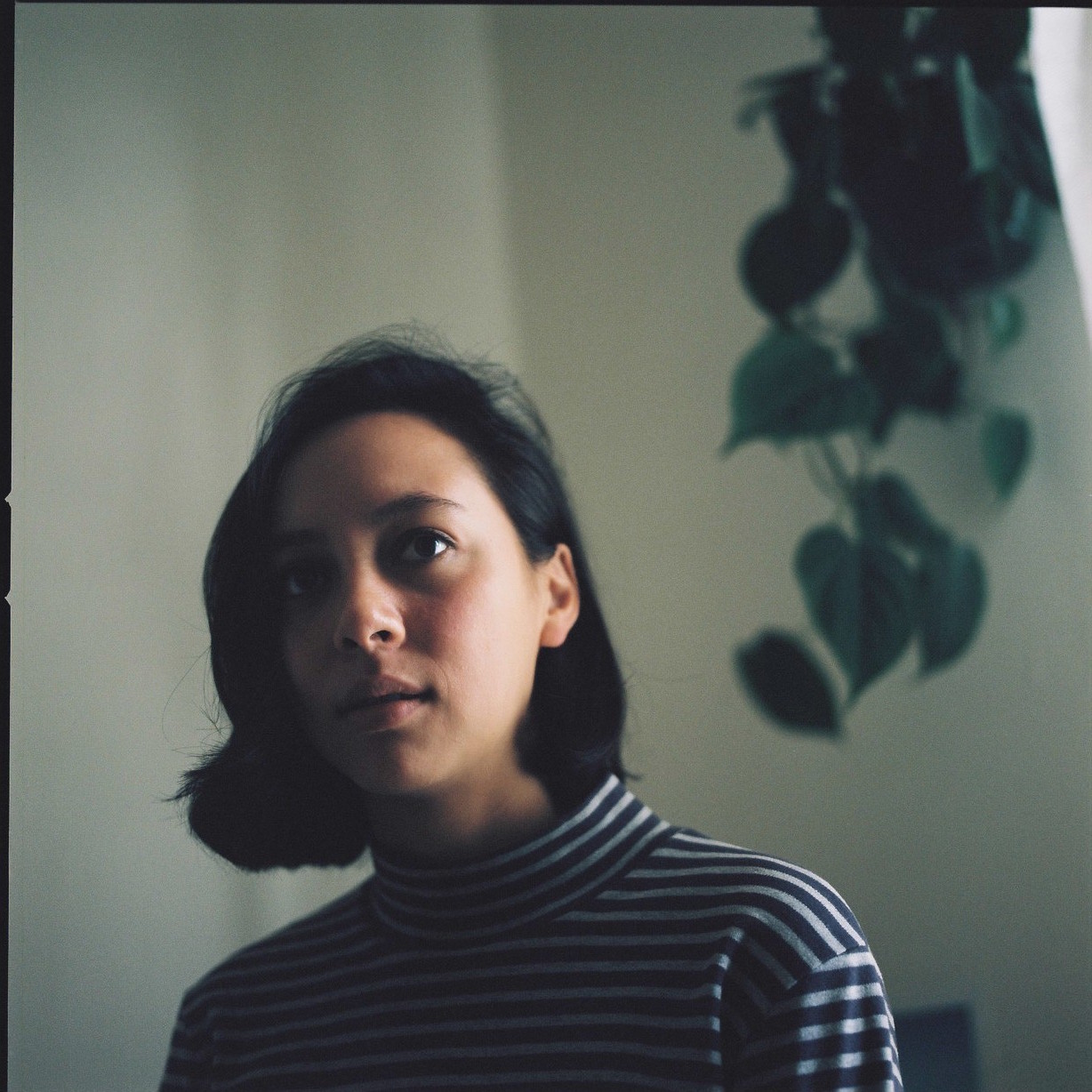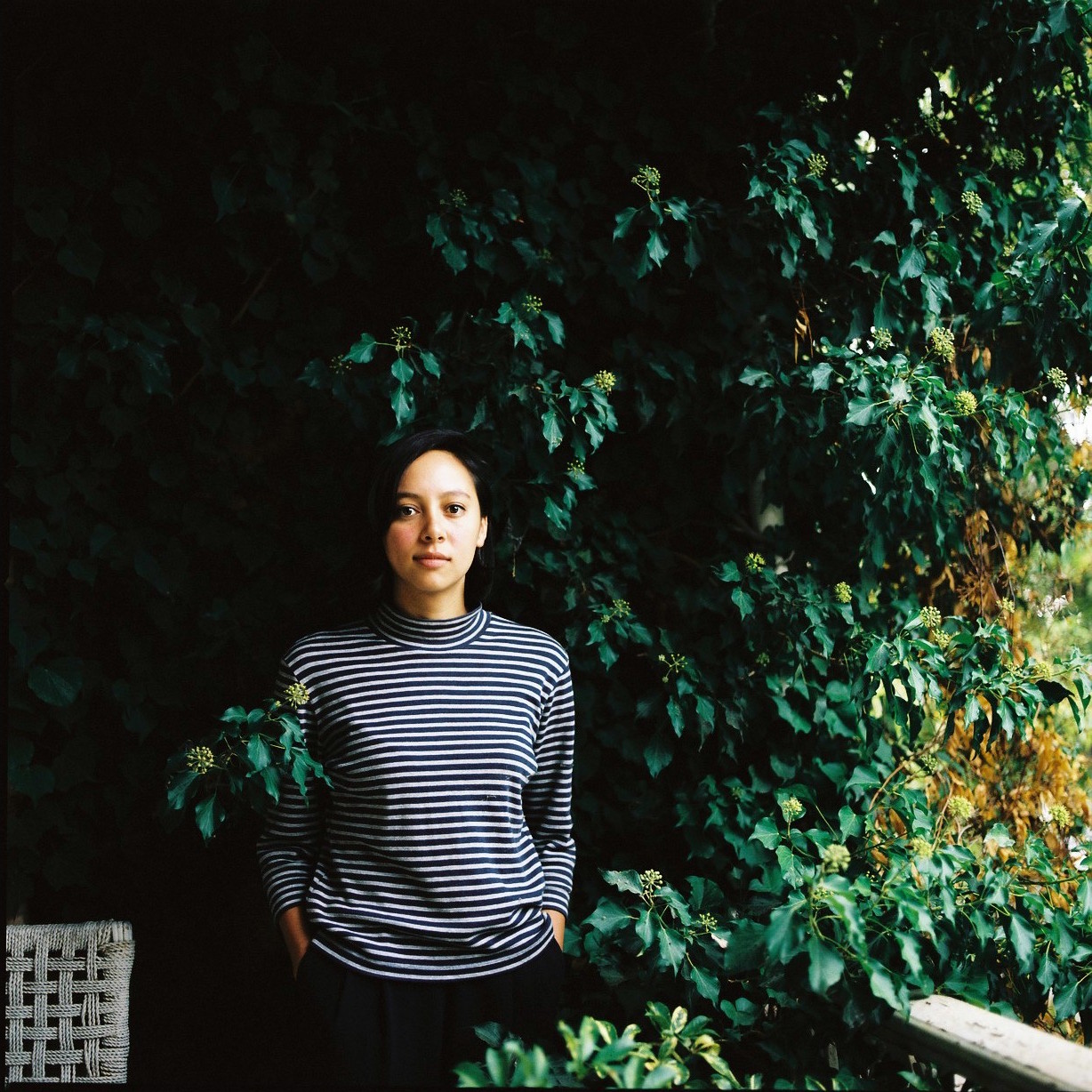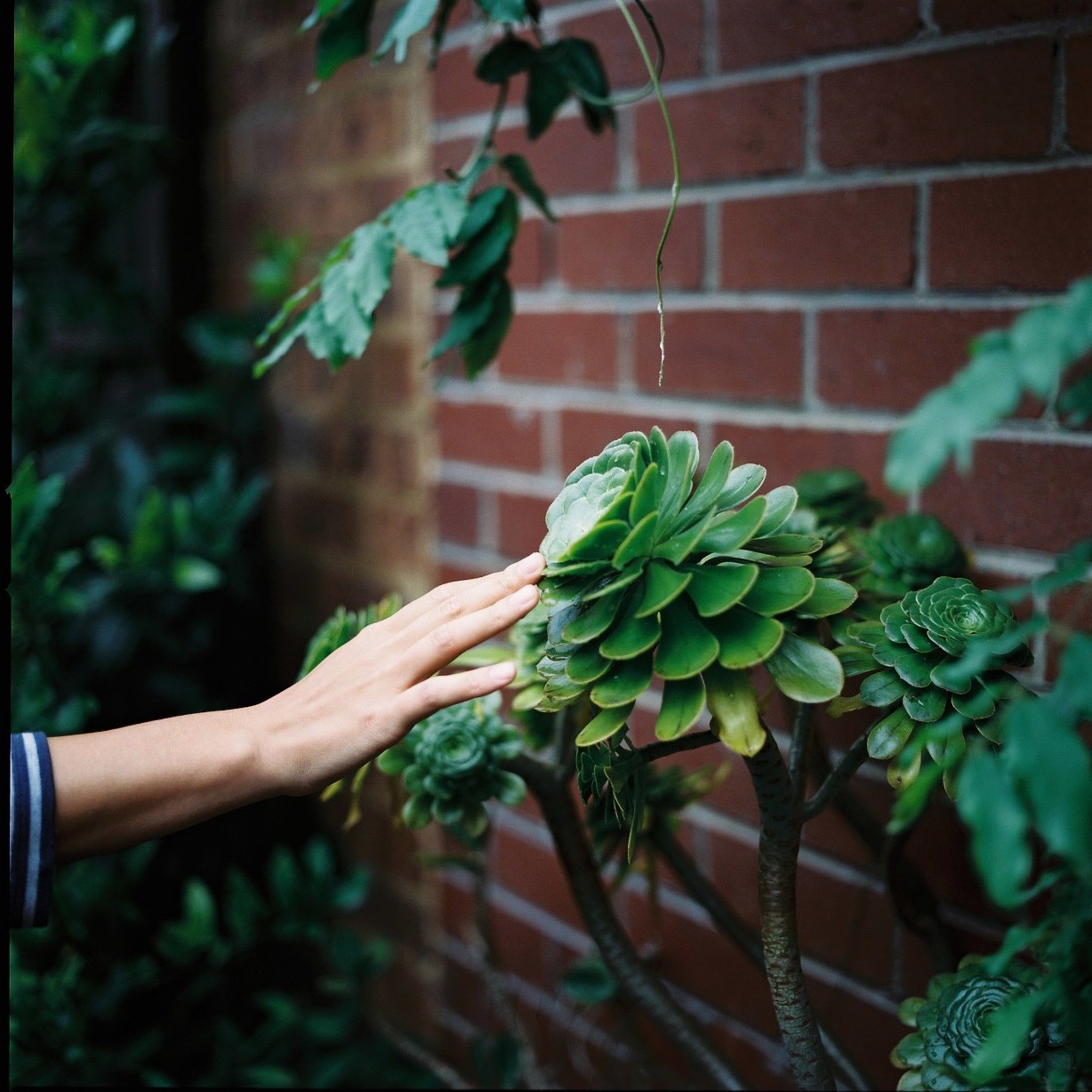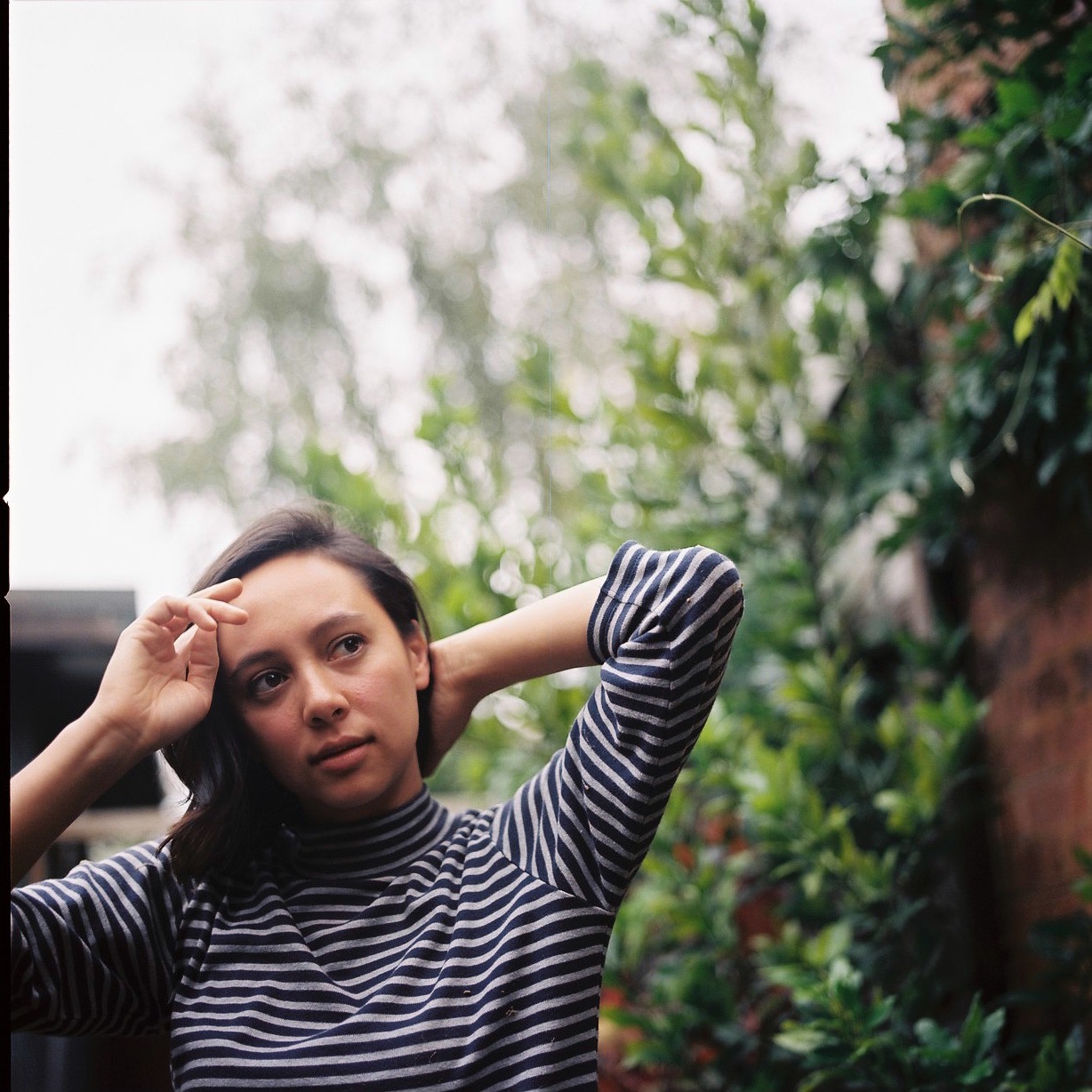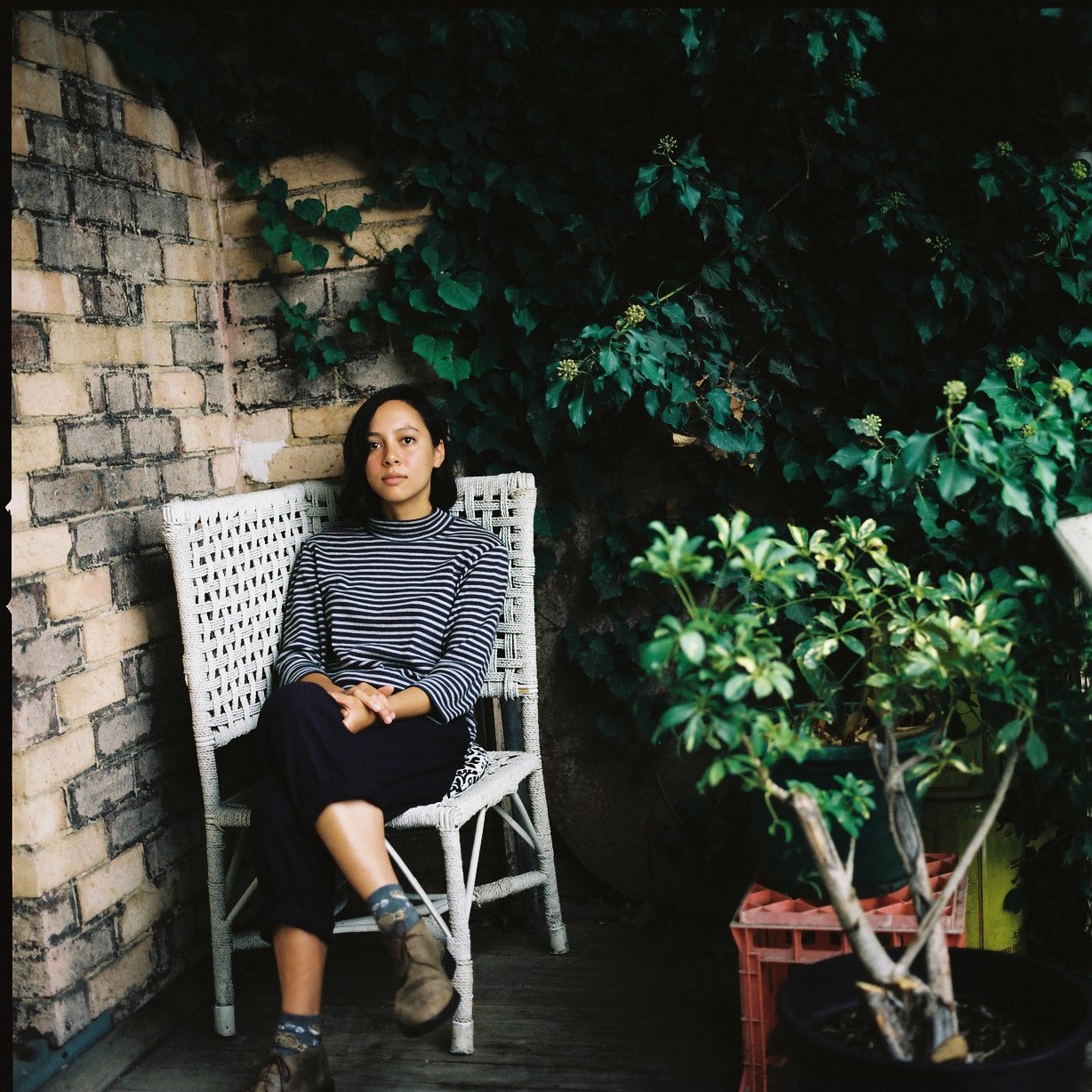Interview #5 — Anne Moffat
by Leah Jing McIntosh
Anne Moffat is a photographer from Melbourne. Anne has worked on projects with clients such as Commonwealth Bank of Australia, Singapore Airlines, and Nike Running, and also works at Hillvale Photo.
Anne spoke to Leah Jing McIntosh about using photography to share stories, her unconventional pathway to the form, and driving a 22-seater bus up to Kalkarindji.
View a selection from her upcoming series, 'Jason', here.
So I know you’ve come to your photography career somewhat unconventionally!
When I started to take photos it wasn’t with the intention of becoming a photographer. My first camera was a small digital point and shoot that lived in my pocket throughout high school—I was shooting to collect and document memories from my own life, where the photos were a commodity. I wanted to make sure I captured every moment, almost obsessively, so that I could later share the photos amongst friends.
Studying science and languages at uni introduced me to researching and critical thinking. I completed part of my degree abroad in Berlin, taking all of my science subjects in German. Although I didn’t follow science as a career path, I still use the thinking style that it taught me on a daily basis. On exchange, I started to shoot with a more critical eye; still shooting the same type of content—memories from my friends’ lives and my own—but beginning to understand ideas around editing and presenting images as a way of conveying a feeling or a story.
I spent more time overseas, including an extended trip from London to Tokyo, where I travelled eastward across nineteen countries using trains and ferries, visiting both friends and strangers and documenting their lives. Because I took a digital camera I had thousands and thousands of photos. A whole year passed after my return before I managed to deal with the sheer volume of images. I wanted to use the access points I had into all these different cultures, but it was too many places, too many stories, with no real purpose.
Through constant shooting and refinement, I started to get work—including with Singapore Airlines in Myanmar, and travelling around Victoria to share stories of local heroes with the Commonwealth Bank through their 'Australian Of The Day' campaign. A lot of my practice revolves around storytelling and people. I’ve moved on from using photography purely to capture personal memories, towards sharing stories and hopefully giving voice to others.
You met a lot of people during your work with Commonwealth Bank, and heard so many different stories. Do you have a favourite?
It's hard to choose, but I was inspired by Temam Hussen, who lives in Ballarat. Temam runs Ballarat’s first African restaurant, ‘Café Merkama’. An Ethiopian refugee who fled through Djibouti and Egypt before being offered an Australian visa sponsorship from a stranger, Temam works entirely in the restaurant by himself, prepping the meals, making coffee, waiting tables, and cleaning.
It was also memorable to meet Trent Nelson, the Dja Dja Wurrung team leader at Parks Victoria. Trent works in partnership with two rangers to manage the cultural heritage of six national parks, as well as heal land and reconnect Dja Dja Wurrung people with the land and culture.
As a freelance photographer, what does your week look like?
A few years ago, I made a conscious effort to become more actively involved in Melbourne’s photography scene. I began volunteering and then becoming more involved with IPF, the Independent Photography Festival. I’m now working at Hillvale, an independent photo lab run by photographers.
At the moment, I spend the bulk of my week working at Hillvale processing and scanning film. I love working there—it’s an incredibly supportive community and is an ideal complement to freelance work. My freelance work varies; I shoot regularly for a couple of clients and pick up other work along the way.
In any other spare time I am constantly researching for potential personal projects, and learning about new things that may inform my photography.
What are you working on at the moment?
Last year I spent three weeks travelling with my friend Jason in a 22-seater bus that needed to be relocated from Melbourne to Kalkarindji (an Indigenous community six hours south of Katherine in the Northern Territory) where Jason’s parents live. It was my first time visiting remote Indigenous communities, and a moving insight into the vast immensity of Australia. I took a series of photos on the trip, and hope to present them sometime this year.
Travelling abroad has made me want to tell more Australian stories and find more direction and purpose in the stories I tell.
How do you navigate telling these stories with your own Asian-Australian identity?
I think being half-Asian, or half-anything maybe, you’re in this limbo where your 'Asian-ness' is malleable—for example, sometimes people don’t know I’m Asian, or I get told that I’m not a real Asian. But on the flip side, certain aspects of my behaviour or attitude get justified because I’m Asian. On top of this, being 'Australian' adds another layer of confusion – I’ve been in situations overseas where people have told me I couldn’t possibly be from Australia because Australians have blonde hair and blue eyes. I don’t fit their idea of what an 'Australian' looks like.
As a child of immigrant parents—My mum is from Sabah, in Malaysia, and my dad is from New Zealand—I’m particularly worried about the worldwide wave of anti-immigration. The 'close the door behind you' mentality makes me feel that we’ve stopped welcoming people even though we’re a nation of immigrants.
While I'm trying to figure out what it means to be 'Asian-Australian', Australia’s refusal to recognise its First Peoples leaves me wondering what it even means to be 'Australian'. Regardless of my parents’ heritage, as a non-Indigenous person, being born here nonetheless means that I’m a visitor on stolen land.
If we are to use the terminology of fractions, as half-Malaysian/half-New Zealander, how do you negotiate your hyphenated identity?
I’m proud to have a mixed heritage, but I think this pride is only something that has developed as I’ve grown older. It’s made me appreciative of differences; it’s made me tolerant and adaptable.
It’s sometimes hard to feel like you belong completely to either side—because of my features, I don’t think I look like anyone from my dad’s family; and even though I went to Chinese School for 16 years, I can’t speak fluent Chinese so I struggle to have in-depth conversations with my grandma and relatives in Malaysia.
Do you have any artists who you draw inspiration from?
Many, but at the moment: Mustafah Abdulaziz for his vision, and commitment to a long-term project; Daniel Arnold for his fluid composition, humorous take on the world and ability to surprise; Hoda Afshar for depicting the feeling of being an outsider in a place you once called home; Sian Davey for her intimate exploration of family life; and William Broadhurst for his modern documentation of Australia.
What are you currently listening to?
Telefone by NoName on repeat.
What are you currently reading?
I attempt to read the entirety of the internet every night before I fall asleep. Maybe tonight.
What do you do for self care?
There are a few things! I go for a long vigorous walk with Michael Jackson or Earth Wind and Fire on blast; or eat a treat like a bánh mì or a laksa or an ice cream (pandan coconut or taro work the best); have a really hot shower; ride my bike somewhere I haven't been before; read an interesting book and learn something new about the world; stop to pat the neighbourhood cats and dogs.
What does being Asian-Australian mean to you?
Being Asian-Australian has strongly informed my identity and how I interact with the world, but it's also not all I am. I’m a photographer, who also happens to be female and Asian Australian, not a female Asian-Australian photographer.
Find out more
Interview & photographs by Leah Jing McIntosh

